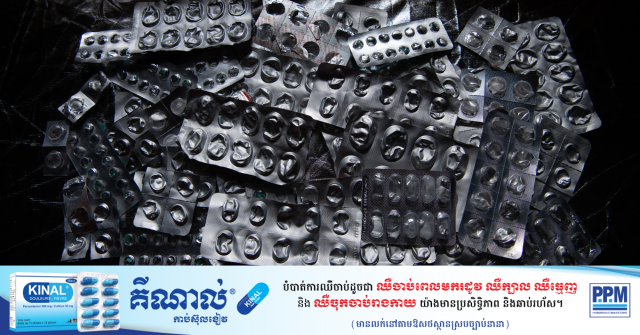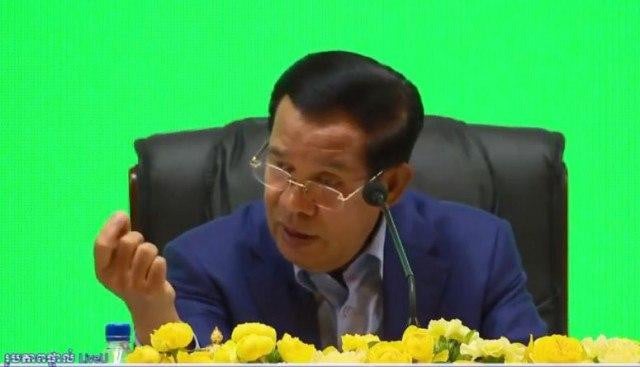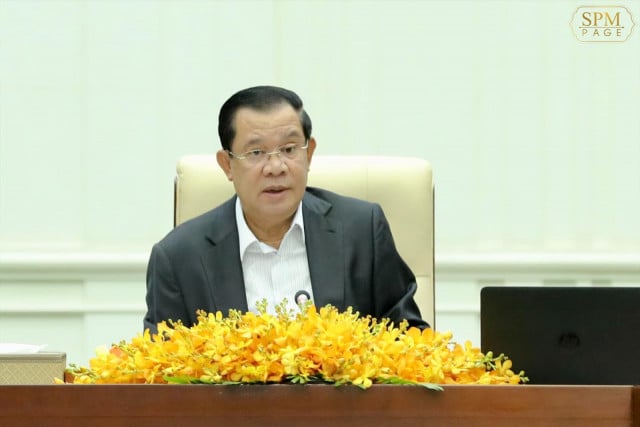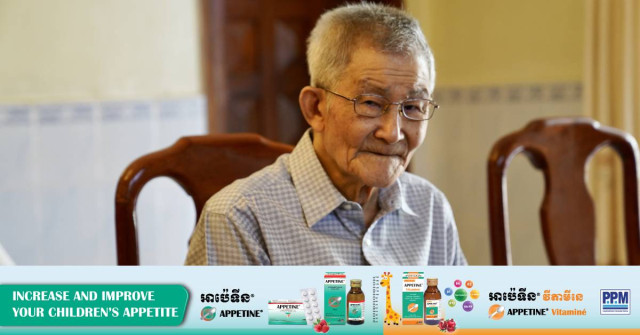Counterfeit Medications: Cambodia Not Being Spared the Increase of Counterfeited Medicine in Emerging Countries

- By Cambodianess
- January 7, 2024 10:00 AM
In December 2023, a police search at an online drugstore of Kampong Cham province led to the discovery of six types of counterfeited medicines that were being sold. In the meantime, the sale of eight other anti-diabetic medications advertised on Facebook pages has been prohibited. On that occasion, the Ministry of Health issued a reminder to the effect that only products authorized by its departments can be distributed in the country, and called on people to be vigilant and not to blindly believe advertising on social media.
The Ministry of Health also warned that legal action would be taken against those who promote and distribute non-authorized products, and added that the authorities will continue investigating the distribution of these products.
According to an analyst comment published on Dec. 12, 2023, by GlobalData Healthcare, drug counterfeiting is rising globally, especially in emerging markets. Noting that both generic and innovator medicines can be falsified, whether expensive products for oncology or inexpensive products such as analgesics, the article quoted a study published in the journal Forensic Science International and entitled “Trends in counterfeit drugs and pharmaceuticals before and during the Covid-19 pandemic (2022).” The study reported that antibiotics, painkillers, and “lifestyle expensive pharmaceuticals like hormones, steroids, anorectics, erectile dysfunction drugs and psychotropic drugs” were among the most targeted by counterfeiters. “During the Covid-19 pandemic,” the article read, “commonly counterfeited products included antiviral medications, antimalarial chloroquine, and vitamin C.”
As the article points out, there is no universally-accepted definition for counterfeit medicine. However, for the World Health Organization (WHO), counterfeit medicine is characterized by the use of a forged label meant to make it appear authentic. Some fake medicines were found to contain mercury, arsenic, rat poison, or cement, the article reported.
According to Global Data HealthCare, it’s in the Asia-Pacific region that most arrests—4,172 persons—were made in 2022 for counterfeiting, illegal diverting or theft of medicine, that is, an increase of 42 percent in the region compared to 2021.
WHO estimates that sales of counterfeit and poor-quality drugs amount to more than 10 percent of the drugs sold in low-income and middle-income countries, and 1 percent in developed countries.
A word of advice: if online advertising for medicine caught your eye, ask the advice of a real-life pharmacist before ordering it!















